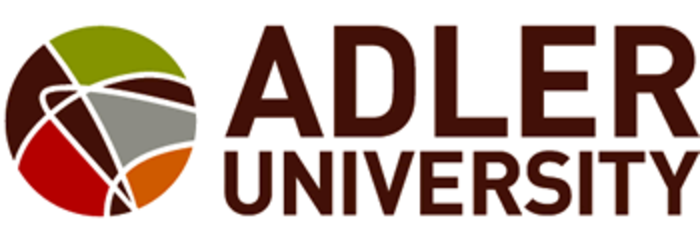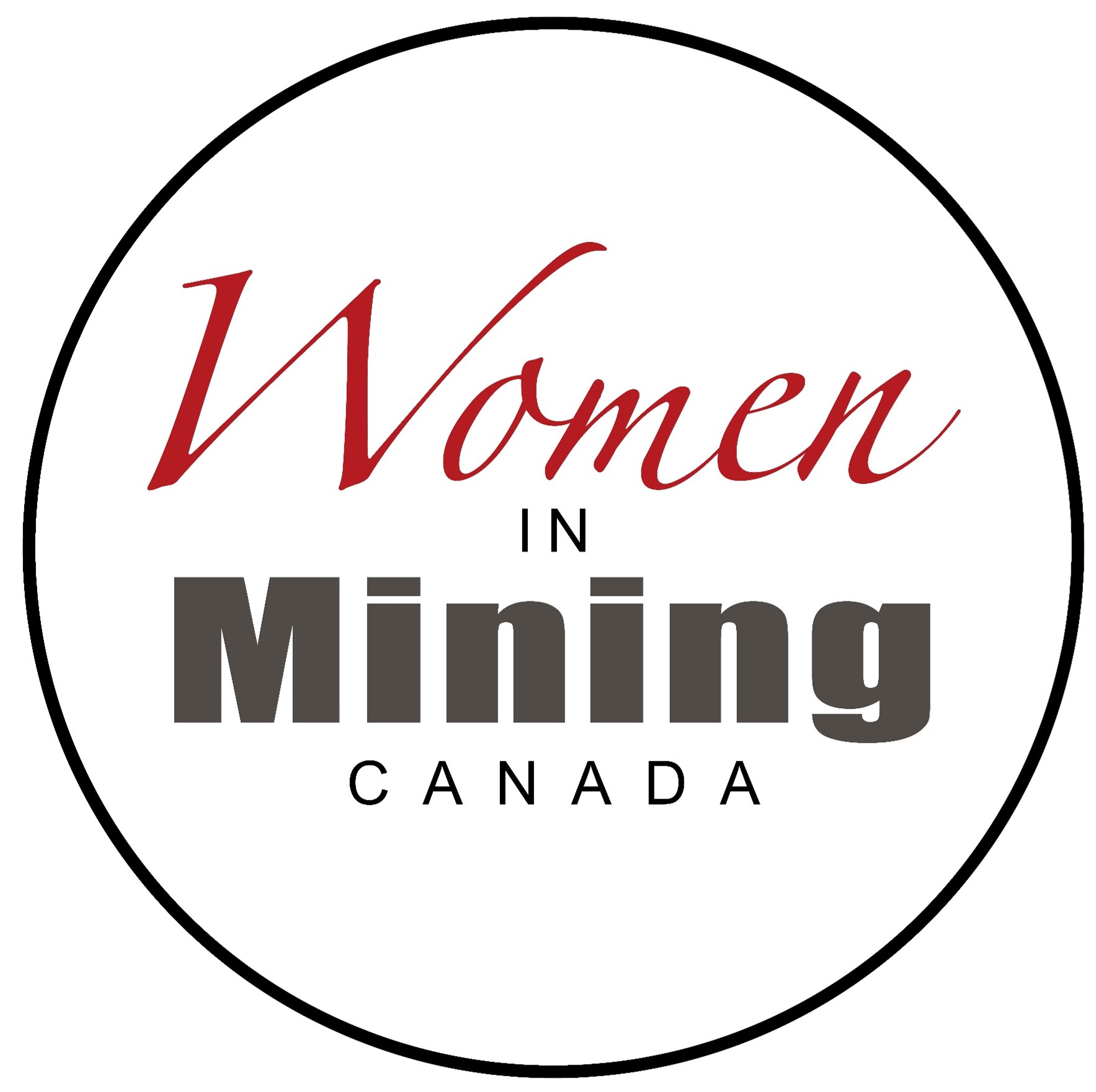1. A Note from the Author
Issues of human capital and organizational culture impact our local and global communities and the business world. The corporate world is changing its approach to human capital, and with this change, the importance of equity, diversity, and inclusion requires leaders to look past differences. Going beyond the basics is where the opportunity for the most significant growth and potential lies.
Belonging, a key component for organizational culture, calls for equity, diversity, and inclusion; however, its meaning currently lacks proper understanding. While these terms are being welcomed into organizations quickly, their meaning, impact, and use will affect how diverse talent perceives corporate fairness, their engagement with the organization, and their tenure.
For this paper, belonging will demonstrate how it is the factor that allows equity, diversity, and inclusion to motivate and engage human capital to thrive.
Many examples for varying industries demonstrate that diverse teams produce more substantial performance results and competitive advantage, specifically in their ability to – attract, retain, and satisfy employees, increase shareholder returns and improve collaborative outcomes. To produce diverse teams that operate in this fashion takes more than just hiring diverse talent. One also needs to have the appropriate context to support organizational design, talent development, and recognition.
The idea for this whitepaper arose from my passion for this work and the necessity to create a deliverable for my social justice practicum, supervised by Women In Mining Canada, for Adler University’s Master of Industrial & Organizational Psychology course requirements. I wanted to introduce how belonging provides the context, understanding, and framework many organizations miss for their equity, diversity, and inclusion initiatives to provide a return on investment.
Behavioral neuroscience and its application within industrial and organizational psychology greatly influence my research and philosophy to drive change. Readers will notice within this whitepaper how the influence of behavioral neuroscience enhances the understanding for appropriate strategy and development of human capital. This whitepaper precedes my thesis and research, preparing the industry and mining companies with baseline context, language, and information. I hope that leaders, talent, and those evaluating equity, diversity, and inclusion will have an open mind when reading this report so that they can see the many influences that affect diverse talent.
Before releasing my thesis, where the data will provide further insights and direction, consider where your organization is on its human capital journey. Consider the work you may need to become a leader for equity, diversity, and inclusion. Perform analysis to identify your areas of strength, weakness, opportunity, and threats that exist. The mining industry is counting on you to develop the next generation of workers and leaders, ensuring one of Canada’s most essential industries continues to grow. I hope you will accept the challenge by opening your mind to its potential.
For more information on Andrea Carter please see About the Author.
For more information on Women In Mining Canada and their involvement in this whitepaper please see Advisory Panel.




